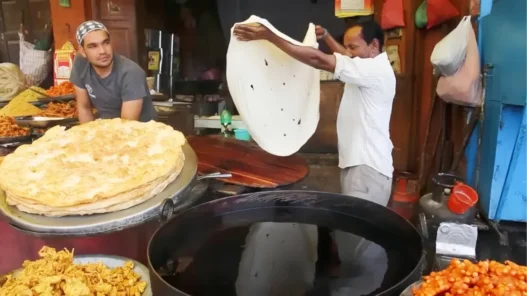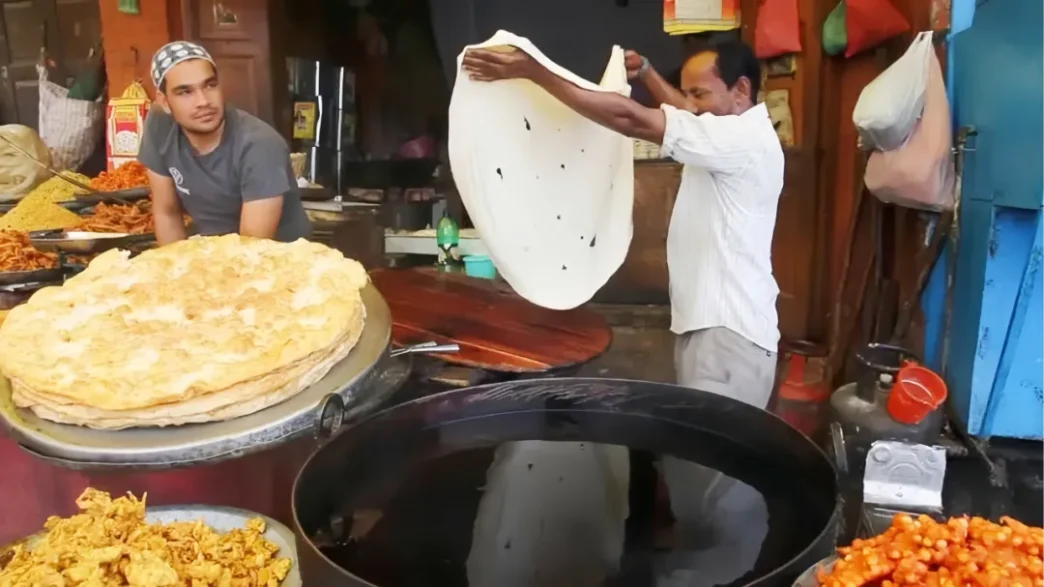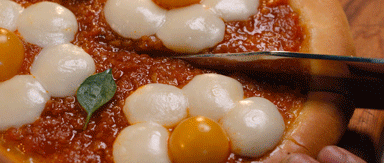The Viral Indian Street Food That Will Blow Your Mind
In the bustling streets of India, an iconic street food has been turning heads and sparking curiosity among travelers—Indian Flying Bread (Roti Canai / Parotta). Known for its crispy texture and flavorful fillings, this flatbread isn’t just famous for its taste—it’s the bizarre preparation method that truly makes it legendary.
While you might expect a chef to use a rolling pin or their hands to flatten the dough, some Indian street vendors have taken an unconventional approach: using their armpits to press the bread! Dubbed the “Armpit Roti” or “Flying Roti,” this technique is as shocking as it is efficient. But is it really hygienic? And why do vendors do it? Let’s dive into the unique world of India’s most talked-about street food.
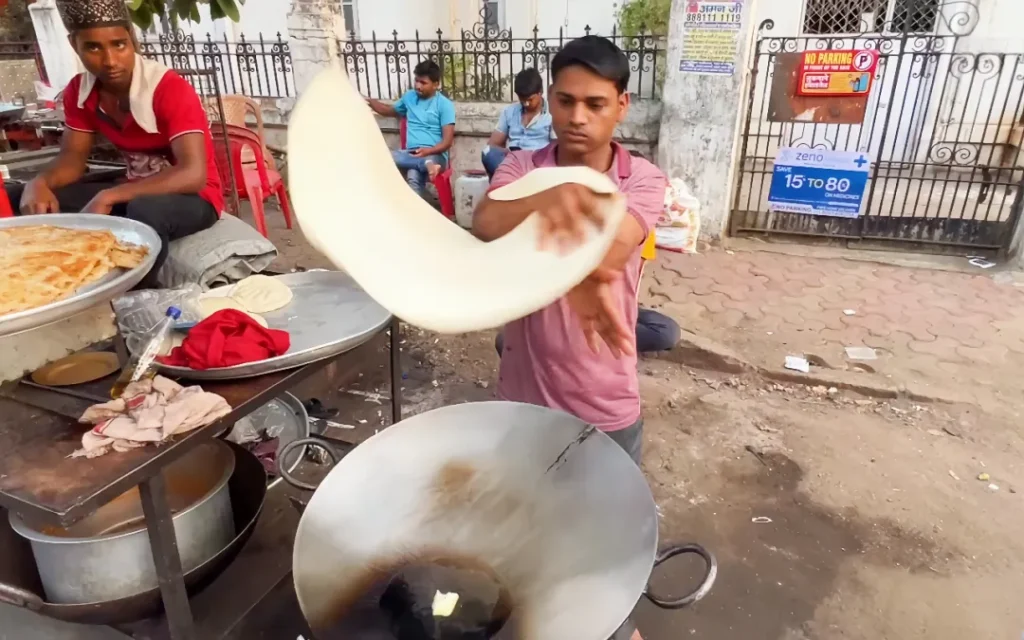
The Art of Flying Bread: A Culinary Spectacle
At first glance, you might assume that making Roti Canai (also known as Parotta) is a simple process—just toss the dough, stretch it, and cook it on a hot pan. However, Indian street food chefs have transformed this ordinary preparation into an entertaining spectacle.
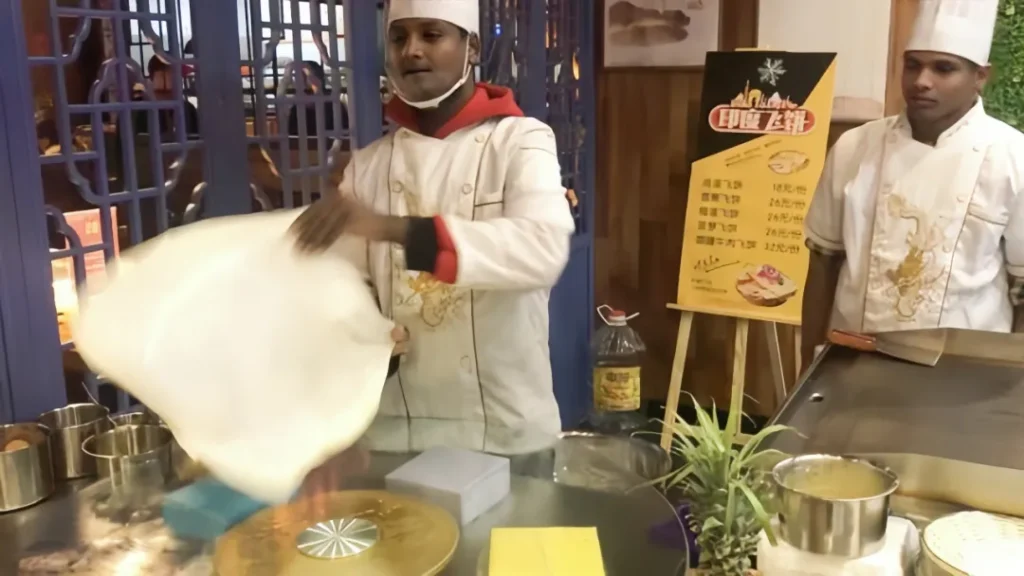
Much like a circus act, expert vendors skillfully toss and spin the dough high into the air, stretching it into delicate, paper-thin layers before swiftly catching it. This dazzling performance has earned Flying Bread its name, as well as a global following. But just when you think the show is over, the most unexpected step happens: some chefs press the dough under their armpits to flatten it!
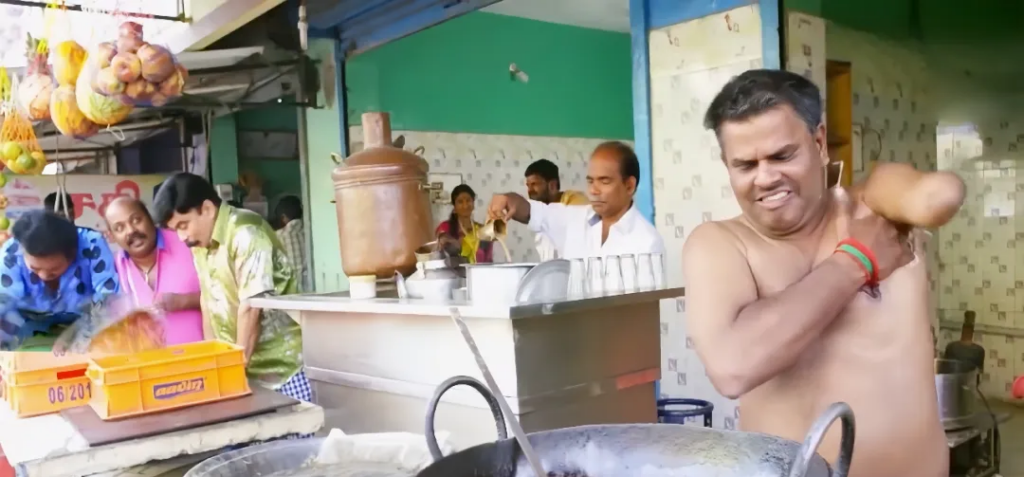
Armpit Roti: Tradition or Hygiene Nightmare?
Yes, you read that right! In certain parts of India, particularly in street markets, vendors use their armpits to press the dough into shape. This bizarre yet efficient technique has led to the nickname “Armpit Roti” or “Armpit Bread.” But why do they do it?
For many street vendors, time is money. Using the armpit method allows them to quickly press the dough without using additional tools. Some claim that the body heat helps soften the dough, making it easier to cook. Others argue that it’s simply a quirky, attention-grabbing technique that adds flair to the experience. Regardless of the reasoning, the sight of someone squeezing a piece of dough under their arm before tossing it onto a sizzling pan is enough to make first-time spectators do a double take.
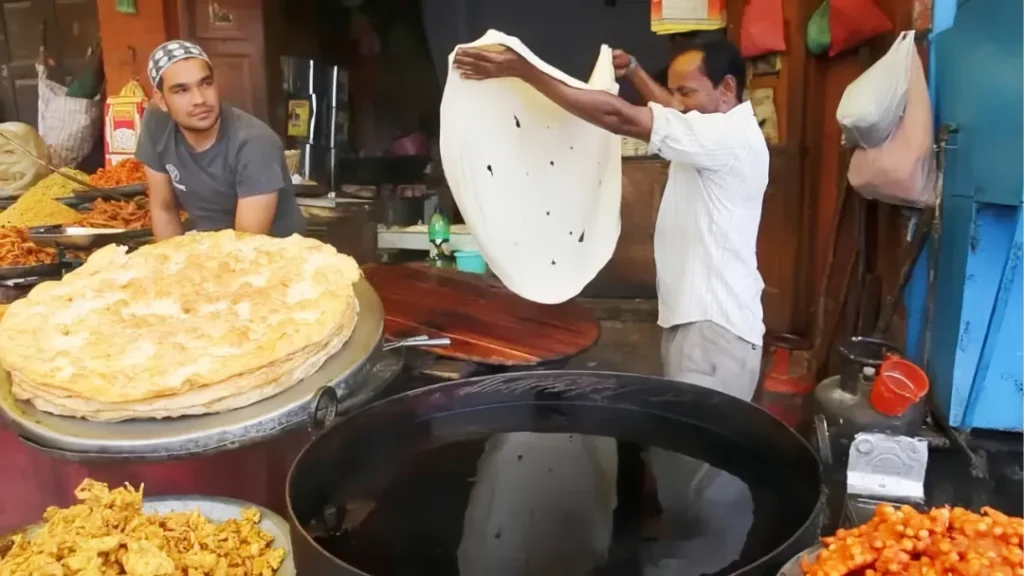
But is this safe to eat? While many locals insist that the high cooking temperatures kill any bacteria, tourists are often hesitant. Food hygiene remains a major concern, and many international visitors opt for vendors who use traditional rolling methods instead.

The Efficiency of “Armpit Cooking”
For these Indian street food masters, time efficiency is everything. The armpit pressing technique allows vendors to work faster, making dozens of Rotis in mere minutes. Some even joke that an armpit is like a “built-in dough press”—just a quick squeeze and the dough is perfectly flat and ready to cook!
This unusual technique has even inspired social media trends, with videos of “Armpit Roti” going viral. Some viewers are impressed by the skill, while others can’t believe what they’re seeing. Regardless of where you stand, there’s no denying that this unique cooking style has given Indian Flying Bread international fame.

Tourist Reactions: Dare to Try It?
For many foreign travelers, watching street vendors flatten dough with their armpits is more shocking than the taste itself. Some visitors eagerly embrace the experience, seeing it as an authentic culinary adventure. Others, however, refuse to take even a single bite after witnessing the preparation process firsthand.
Social media has amplified this debate, with viral videos and heated discussions about food safety vs. cultural tradition. Some call it an impressive street food skill, while others label it unsanitary and off-putting. But one thing is certain—Flying Bread remains one of India’s most unforgettable street food experiences.
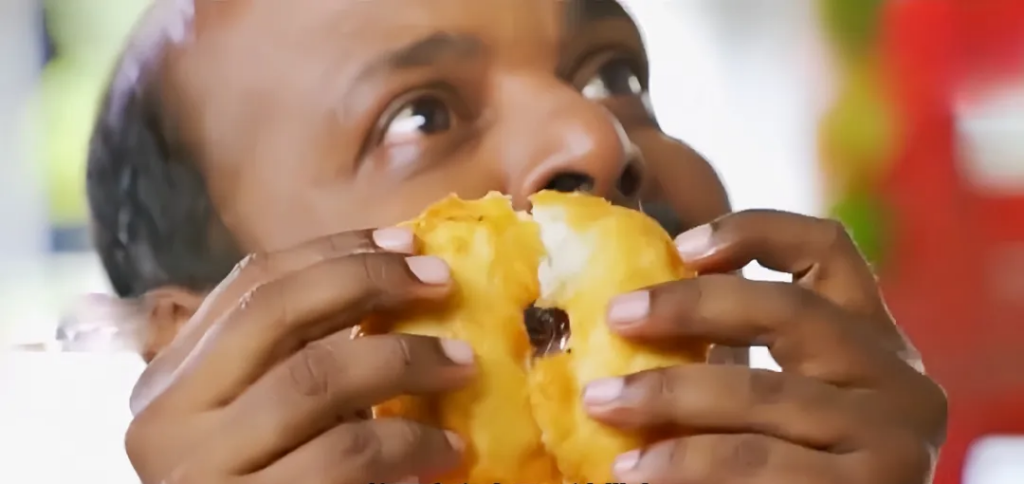
Beyond the Shock Factor: Why People Still Love It
Despite the controversial preparation method, Flying Bread is undeniably delicious. The thin, crispy layers pair perfectly with rich Indian curries, fragrant masalas, and tangy chutneys. Even skeptics admit that the combination of texture and flavor is irresistible.
For locals, this is simply a way of life—an everyday food that they’ve enjoyed for generations. While the armpit method might seem strange to outsiders, it’s just another example of how street vendors innovate to increase efficiency.

Final Thoughts: A Must-Try or a Hard Pass?
India’s street food scene is full of surprises, and Flying Bread is one of its most fascinating examples. Whether you’re excited to try it or prefer to watch from a safe distance, there’s no denying that this street snack is a unique blend of culture, skill, and spectacle.
If you’re feeling adventurous, why not take a bite? Just remember—sometimes, the most memorable meals come from the most unexpected places!







